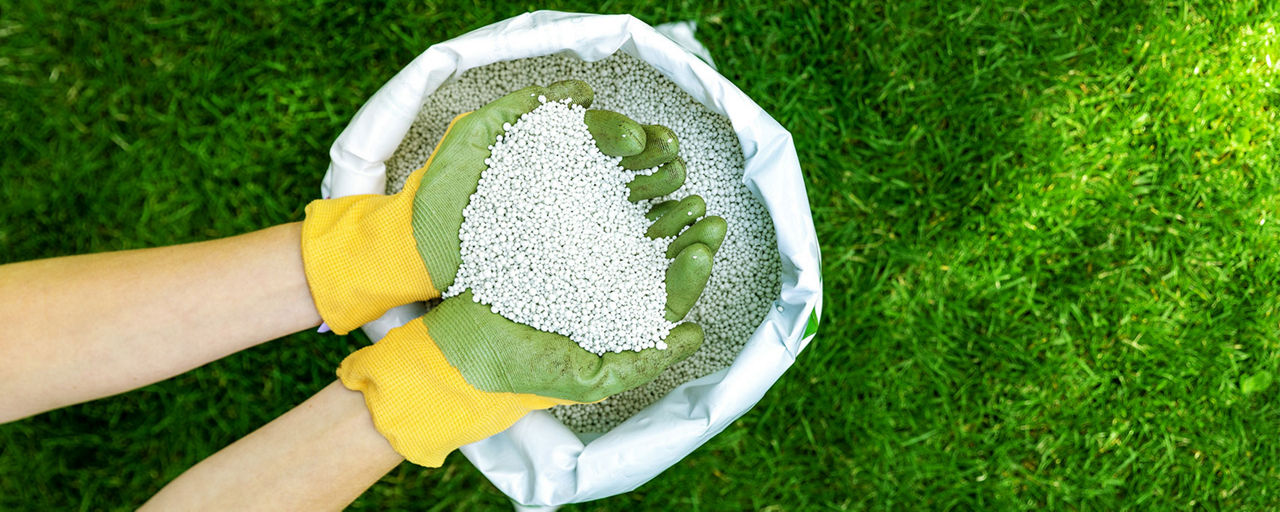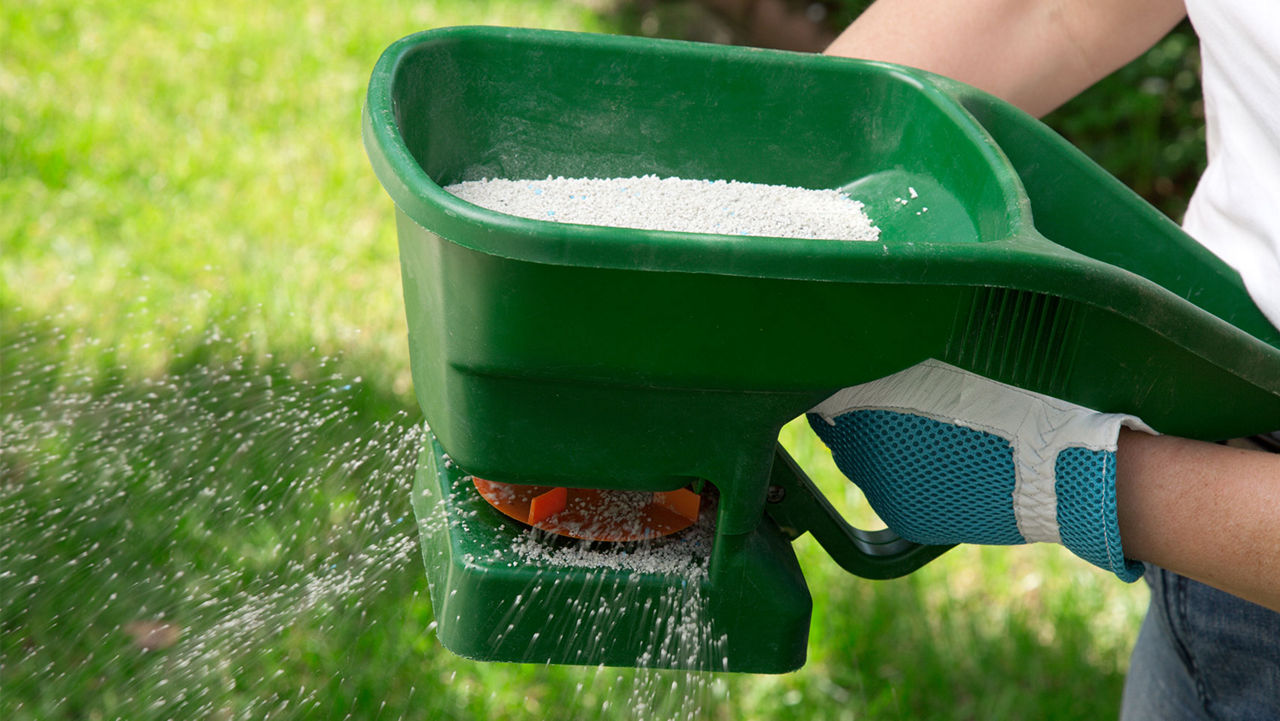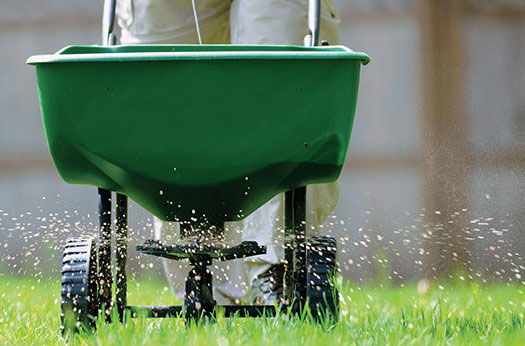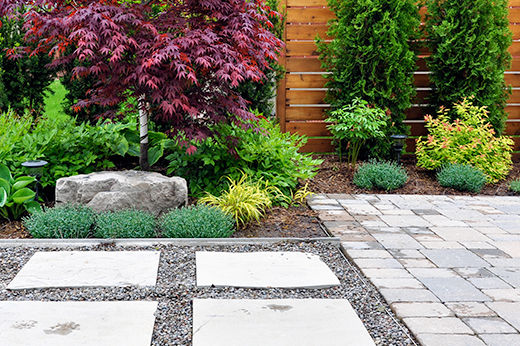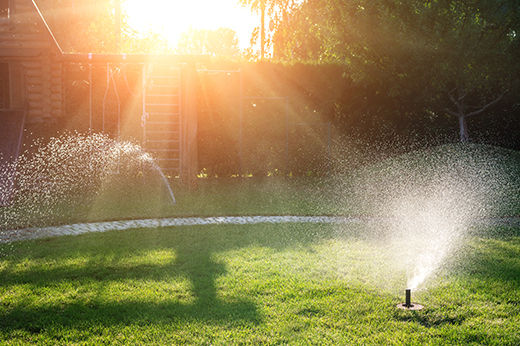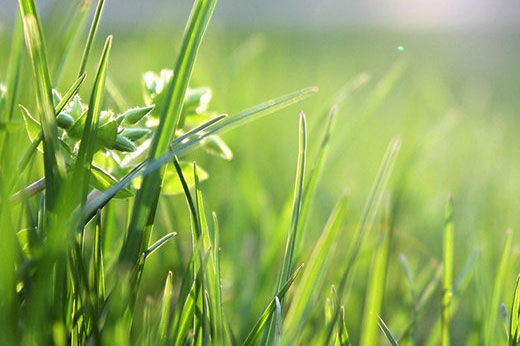Maintaining a healthy and attractive lawn requires sunlight, water, and appropriate nutrients for the plants to thrive. Lawn fertilizer is an easy way to ensure that your grass gets the right nutrients to promote growth, establish a strong root system, and boost overall health.
What is the Best Nutrient for a Lawn?
Lawn fertilizers contain a mixture of three essential nutrients in varying amounts. The N-P-K ratio for a fertilizer lists the percentage of each of the following:
For example, a fertilizer with a ratio of 10-10-10 contains 10% nitrogen, 10% phosphorus, 10% potassium, and other filler material.
Some states have banned fertilizer containing phosphorus, as it can cause algal blooms and harm aquatic ecosystems.
How to Know What Fertilizer to Use on Lawn
There are several factors to consider when choosing the correct fertilizer for your lawn.
To begin, it is recommended to do soil testing of your yard. The best time to do this is in the spring before the lawn has been fertilized. Soil testing can be done with an at-home soil test kit or sent in for evaluation. It will provide information on soil acidity as well as the amount of nitrogen, phosphorus, and potassium currently in the soil. It will indicate any nutrient deficiencies that need to be addressed.
It is important to identify whether you have cool- or warm-season grass. Cool-season varieties include Kentucky bluegrass, fescue, and rye. These grow more slowly than warm-season grasses and are usually fertilized twice-a-year in the spring and fall. Warm-season varieties include Bermuda, zoysia, St. Augustine, centipede, and Bahia. These grow continuously throughout the year.
